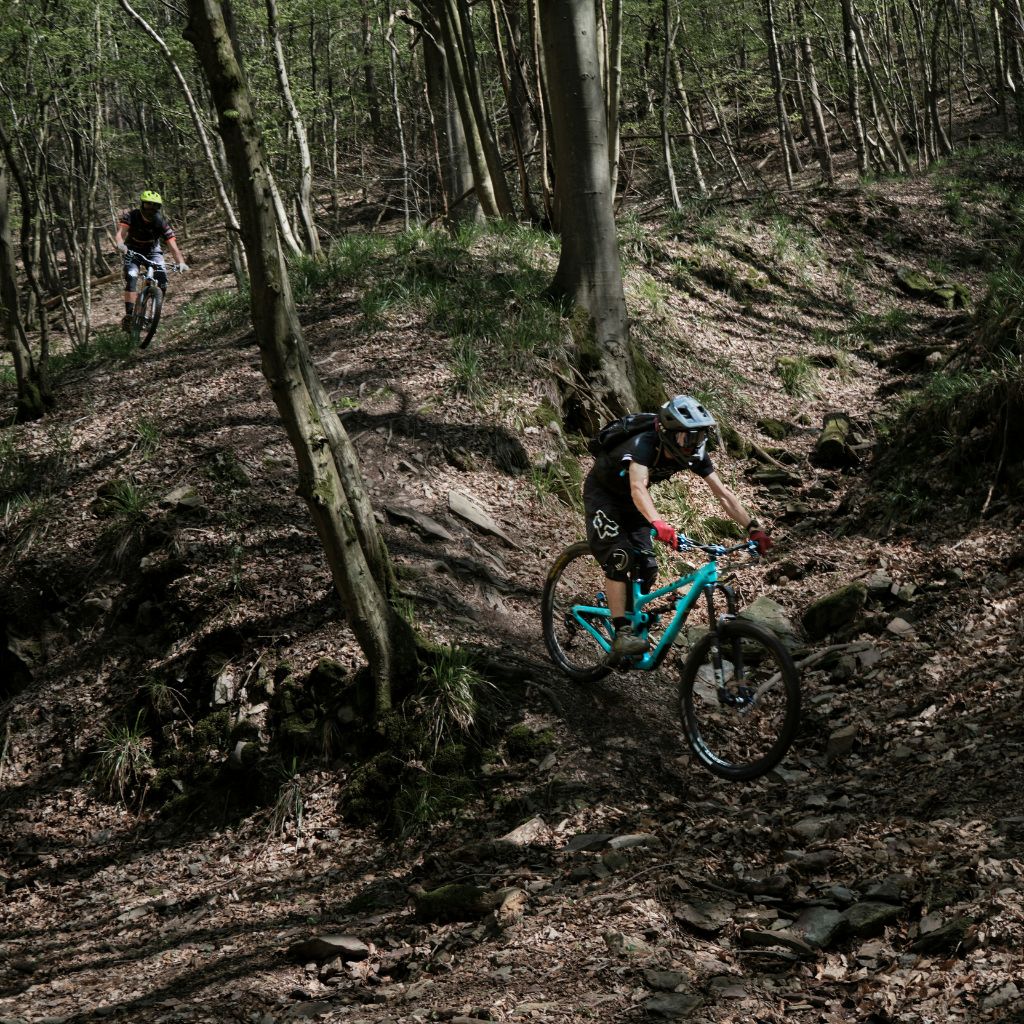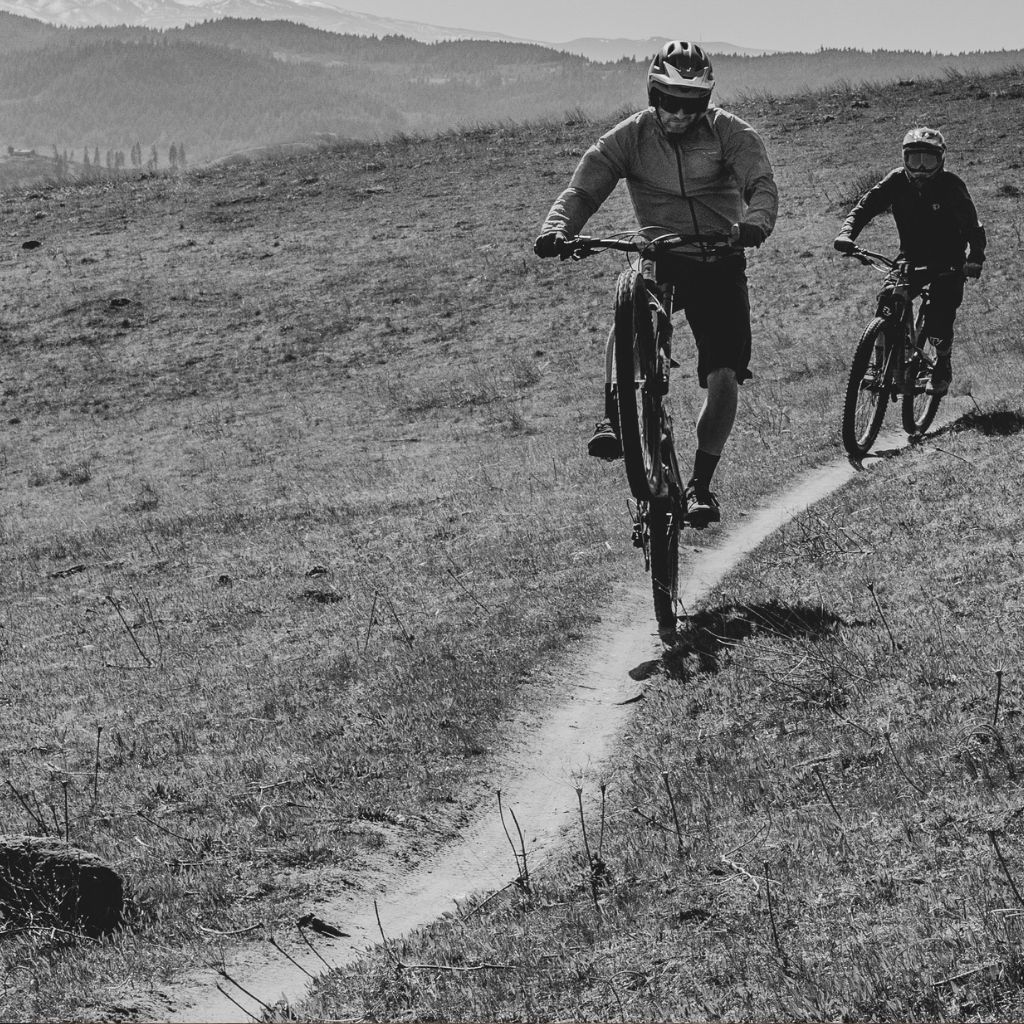Shuttling simply refers to loading your bikes into or onto a vehicle to get driven to the top of a trail – which might be up a hill or mountain for example. Usually it would mean that the rider or riders being shuttled to the top of the trail would be doing this several times that day.
Why do many mountain bikers shuttle?
The purpose, if it’s not already self-explanatory, is to remove unpleasant or boring uphill climbs, which may otherwise take up the majority of your available riding time, and instead allow you to get to the fun downhill descent on the trail much more quickly – and likely many times in that riding session. Essentially it focuses your time and energy on the descending.
Shuttling can be a great help if are more interested in riding downhill on a trail, perhaps with a group of friends, and are not so interested in “earning the descent” through the slog of climbing uphill first.

Obviously less shuttling usually takes place around trail networks that have other uplift options such as chairlifts at bikeparks – though there will often still be some amount of shuttling that takes place around these areas by people who don’t have money for a lift pass, and instead get a free shuttle to the top of the trail network, or chip in for gas money amongst a group of friends.
I’ve done my fair share of shuttling over the years of mountain biking, but it did greatly diminish after a bike park with chair lift was built a few years back locally.
I’m also someone who does enjoy the physical fitness side of riding – whether it’s the years of commuting on my mountain bike, or riding up and down nearby mountains and hills! 🙂 I’m certainly not the fittest individual around, but I like the occasional all day riding adventure to keep me honest.
What are the downsides to shuttling?
Some purest mountain bikers would argue that by getting driven to the top of a trail, you’re cheating – not suffering through the uphill climb to earn that glorious descent.
Others who very highly value the technical ability and physical strength needed to climb many uphill mountain biking trails would say that by shuttling you are missing out on a huge part of the sport of mountain biking.
Obviously there is also the burning of a bunch of gasoline to transport riders.
Another factor is the trails (and trailhead) can become super busy at certain times, when for instance several groups of shuttling riders arrive at the same time – perhaps vans complete with large trailers packed with dozens of bikes.
This can mean that the trail suddenly has to deal with long trains of riders shredding their way down the mountain – carving up the trail, filling the air with dust, and making a crash between riders more likely than it might be otherwise… but those shuttling wouldn’t normally see these as major drawbacks – all part of the shuttling life!

When did shuttling for mountain biking originate?
So when did shuttling actually emerge as a thing? In fact it was right back in the earliest days of mountain biking in the 1970s and 80s.
Riders then too were looking for ways to get more action packed downhill runs into their day, and started using vehicles to get to those higher locations.
Of course back then they were riding very basic shared trails and mountain access roads and the like – nothing like the tremendous number and variety of trails that we have today as mountain bikers!

